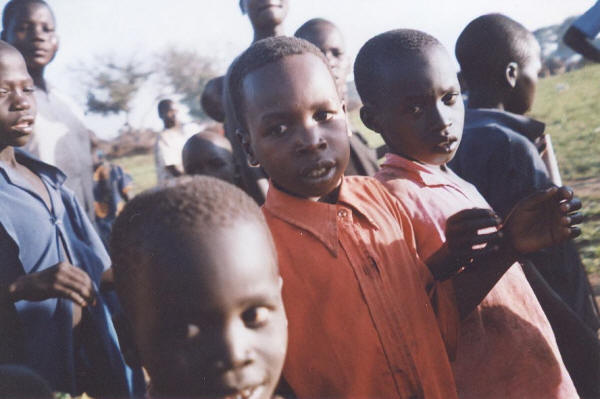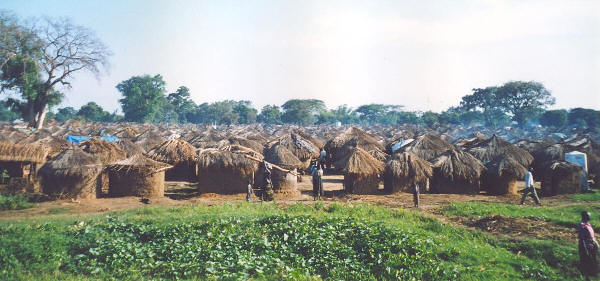
Africa’s longest running war
(by David Kilgour 2003 – Member of Parlament Canada)
1.7 million displaced, 1,000 dying every week
The war in northern Uganda is Africa’s longest running war. For more than 20 years the Acholi people of northern Uganda have not known peace but have seen the security, economy and morality of their homelands erode year after year. At the end of 2003, Jan Egeland, the United Nations undersecretary-general for humanitarian affairs, told the BBC: “I cannot find any other part of the world that is having an emergency on the scale of Uganda that is getting so little international attention.”
The war began largely as one of a series of uprisings against President Yoweri Kaguta Museveni’s National Resistance Movement (NRM) and followed in a long series of attempts to seize power by force in Uganda. Since the late 1980’s the Lord’s Resistance Army (LRA), professing a spiritual war against the Ugandan government, seem to have lost any real political aspirations and has preyed upon civilians.
The LRA’s principal means of recruiting its forces has been the abduction of children; about 90% of the recruits are children. The LRA is composed of about 3,000 abducted children controlled by a core group of 150-200 officers led by Joseph Kony, about whom little is known with certainty, although he apparently guides the LRA with a kind of apocalyptic mysticism grounded in the Bible. Under Kony’s command, LRA forces have been responsible for tens of thousands of rapes, assaults and killings of unarmed civilians. An estimated 25,000 to 30,000 children have been abducted over the years and forced to witness and commit atrocities during the conflict.

Children in an internally displaced persons’ camp, about 240 km north of Kampala, in northern Uganda.
More than 1.7 million northerners have been displaced by the war and live in harsh and often desperate conditions in camps for the internally displaced (IDP). Many of those living in camps were forcibly moved into these camps by the Ugandan army (Ugandan People’s Defense Force, UPDF), on the grounds that the displacement was militarily necessary to combat the LRA and to help distinguish civilians from fighters. In certain districts, up to 95% of the population is internally displaced.
Camp conditions have led to acute malnutrition in children and the near-total destruction of social networks, culture and norms. More than 300,000 children under the age of five suffer from malaria, pneumonia, diarrhea and preventable diseases. 1,000 people are dying every week because of this war. Many women and girls are forced to trade sex for basic necessities, obviously contributing to the spread of sexually transmitted diseases. In addition, the camps are far from secure, in spite of the odd UPDF soldier on guard and the presence of local militias organized for protection.
Whether the conflict ends tomorrow or lingers into the coming years, it is certain that the livelihood, culture and future of the northerners have suffered indescribable damage. The rebuilding process cannot begin too soon; supporting the development of young Acholi leaders and professionals constitutes an essential investment in the future of the region, whatever the political prospects of the region.

The housing situation in an internally displaced persons’ camp.
